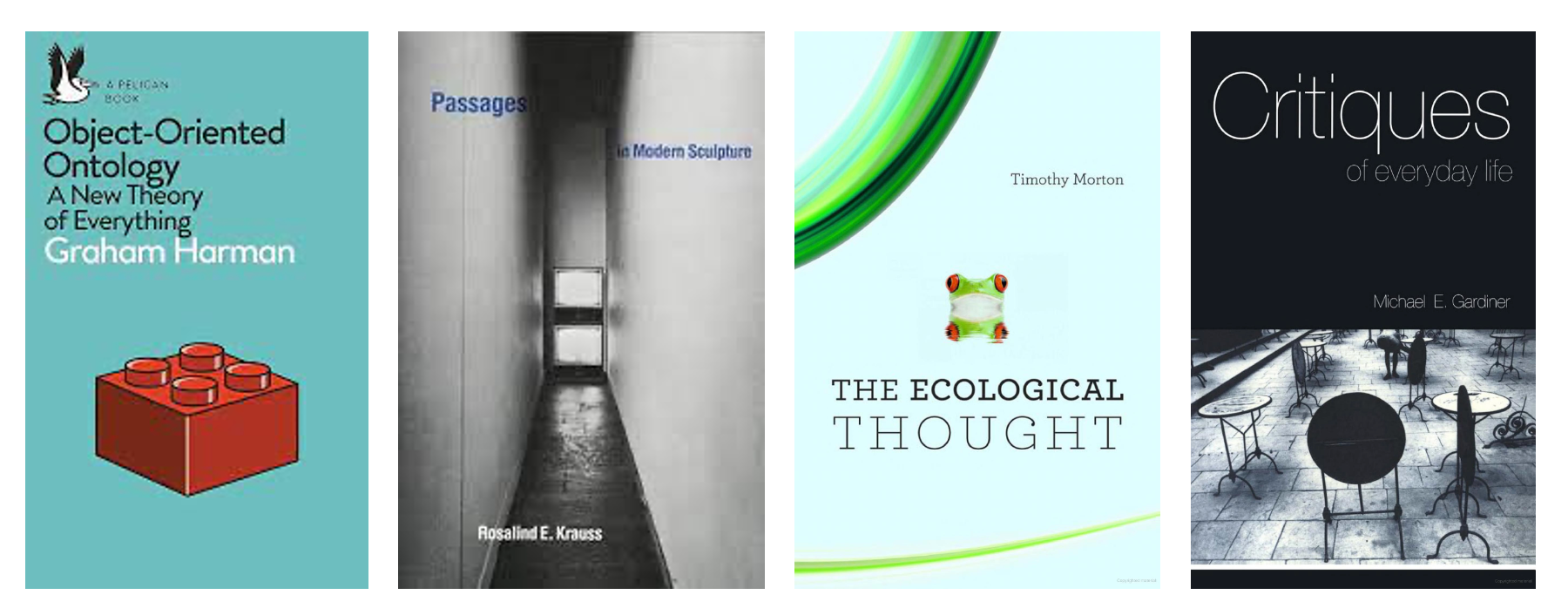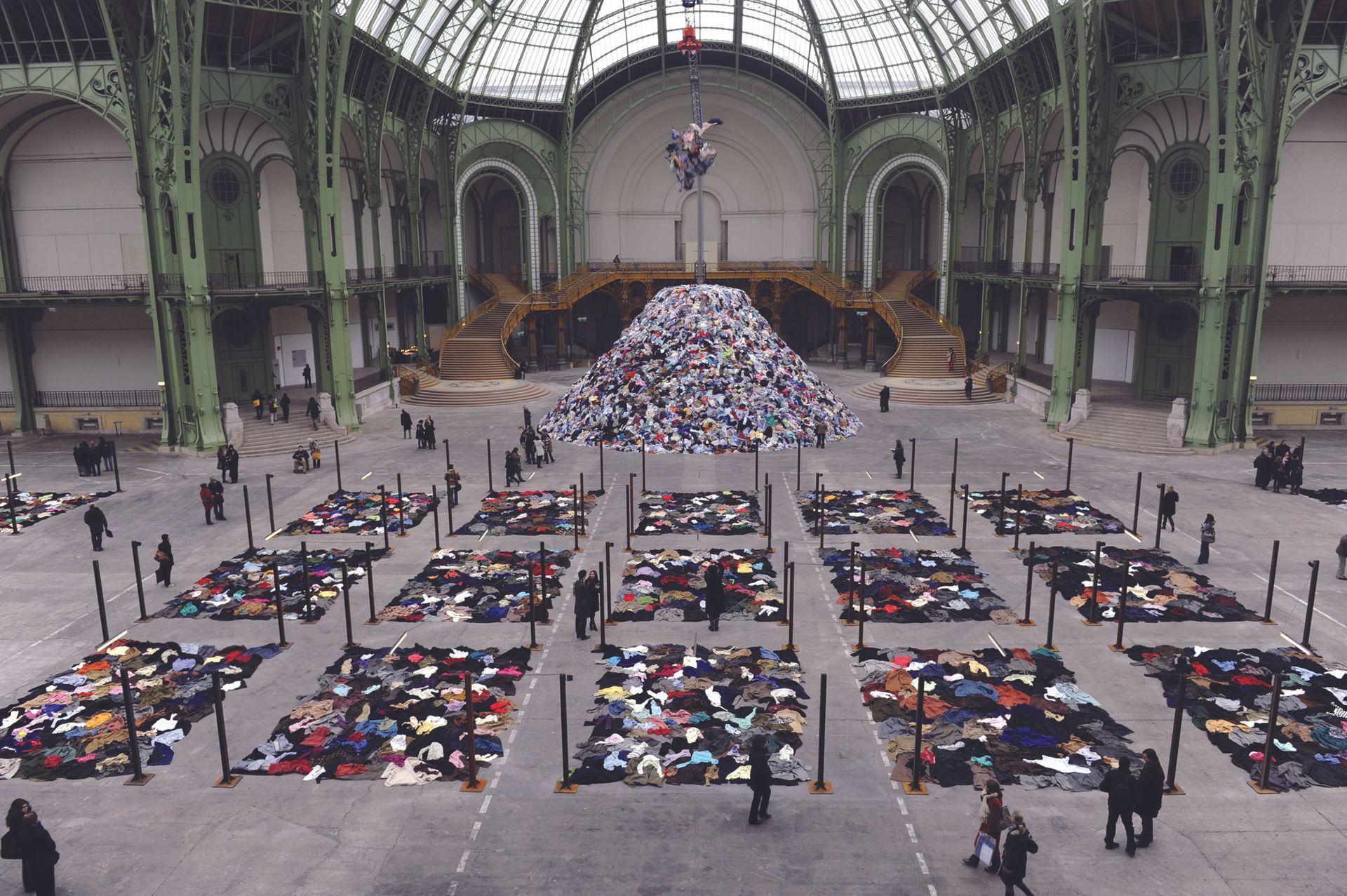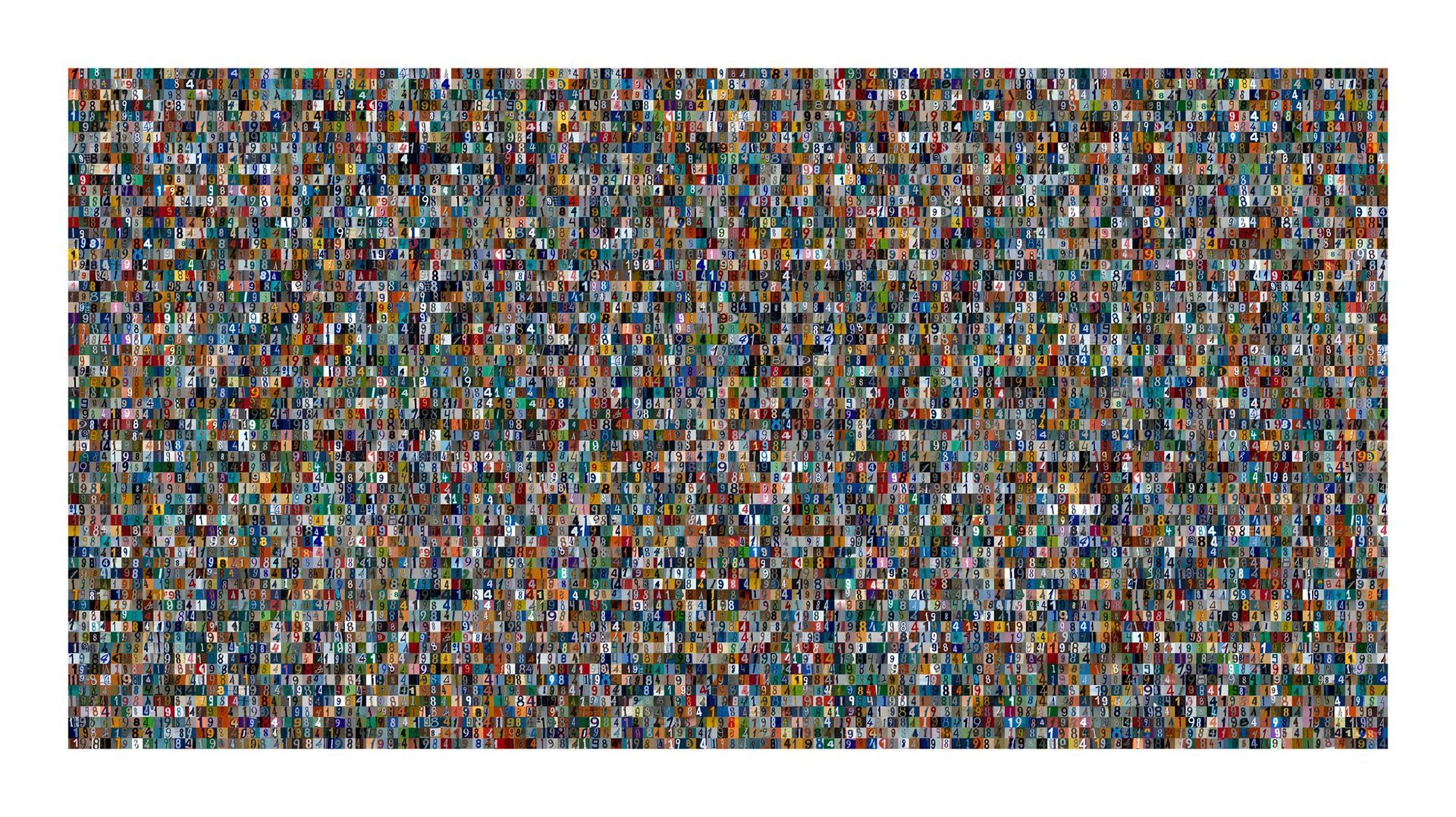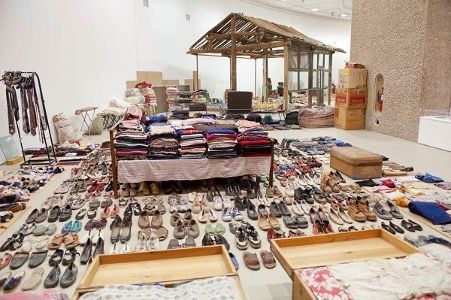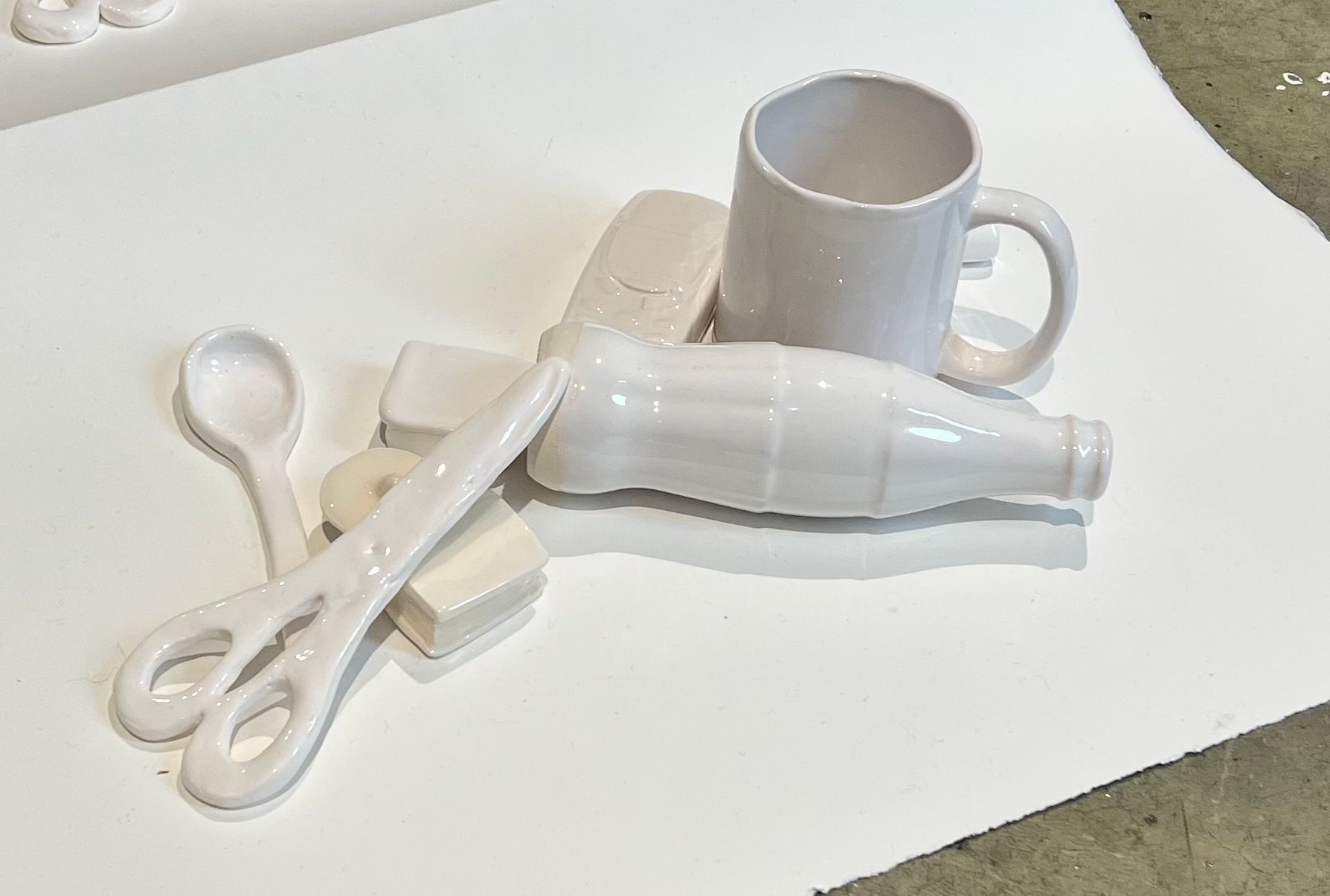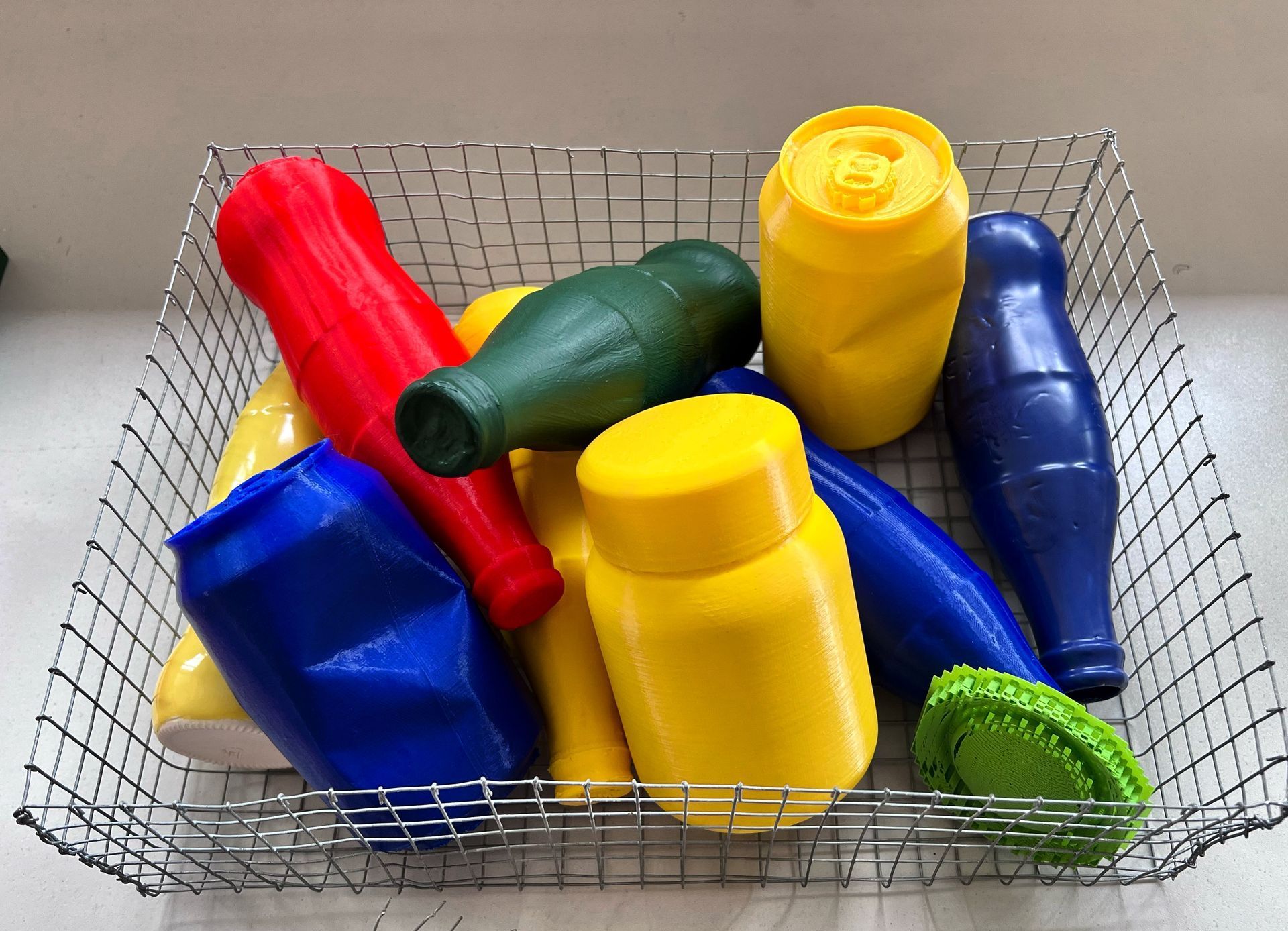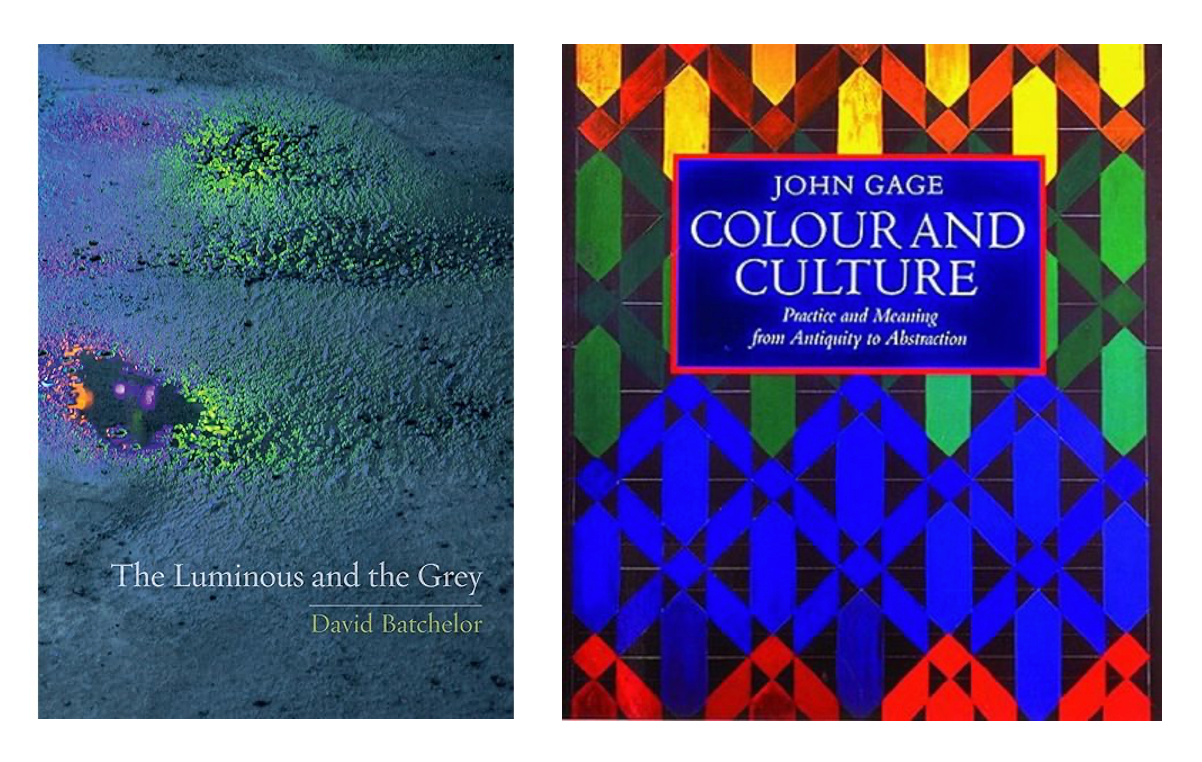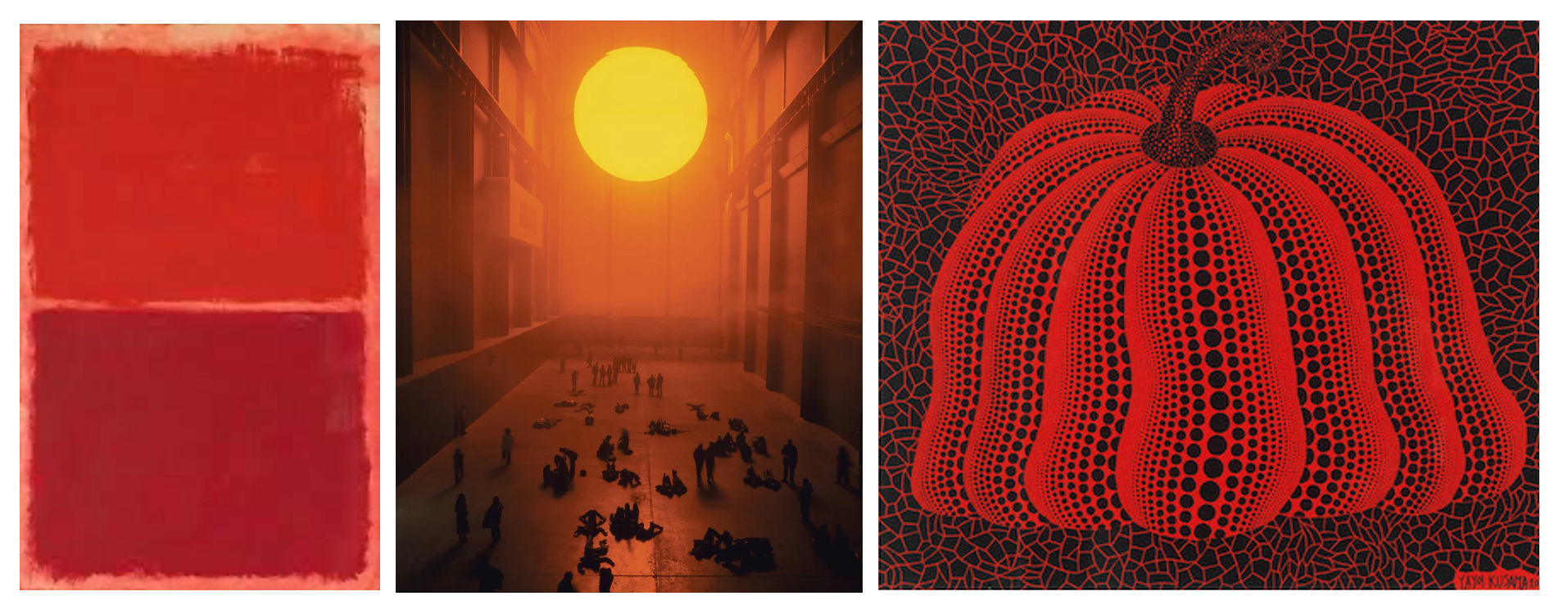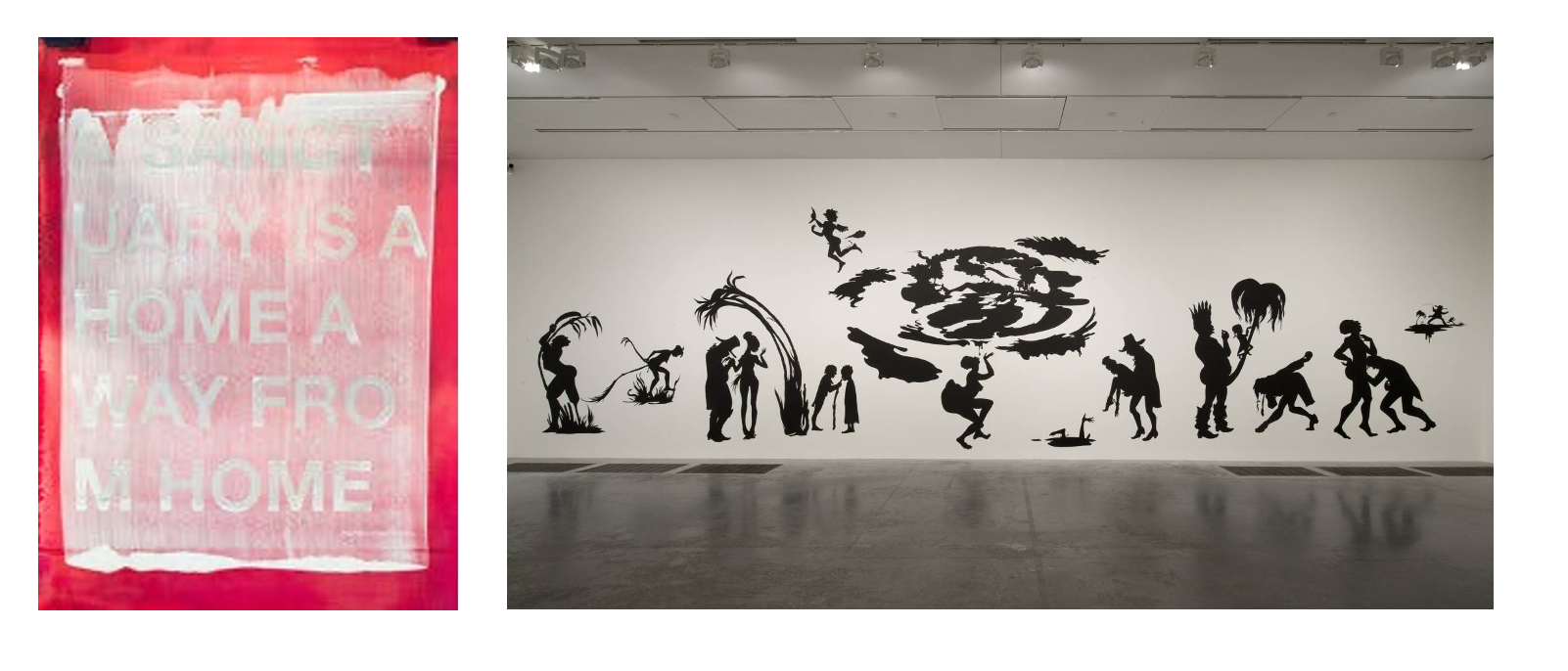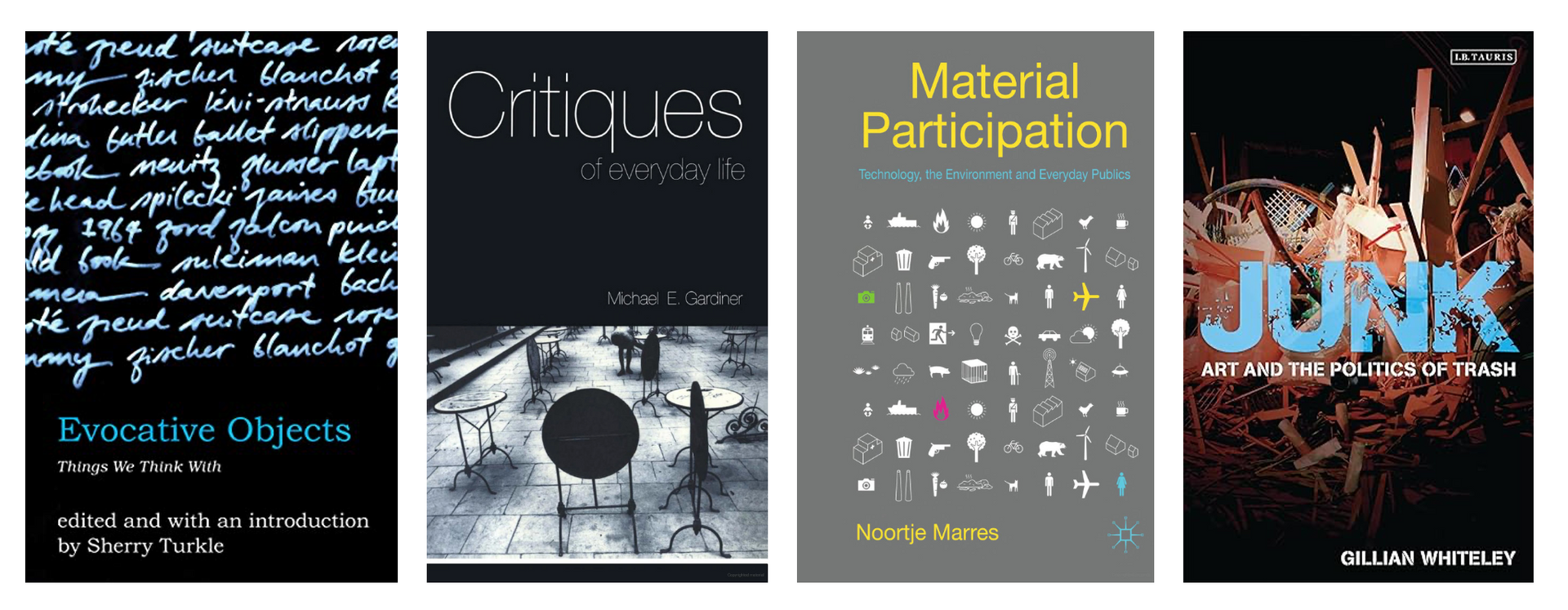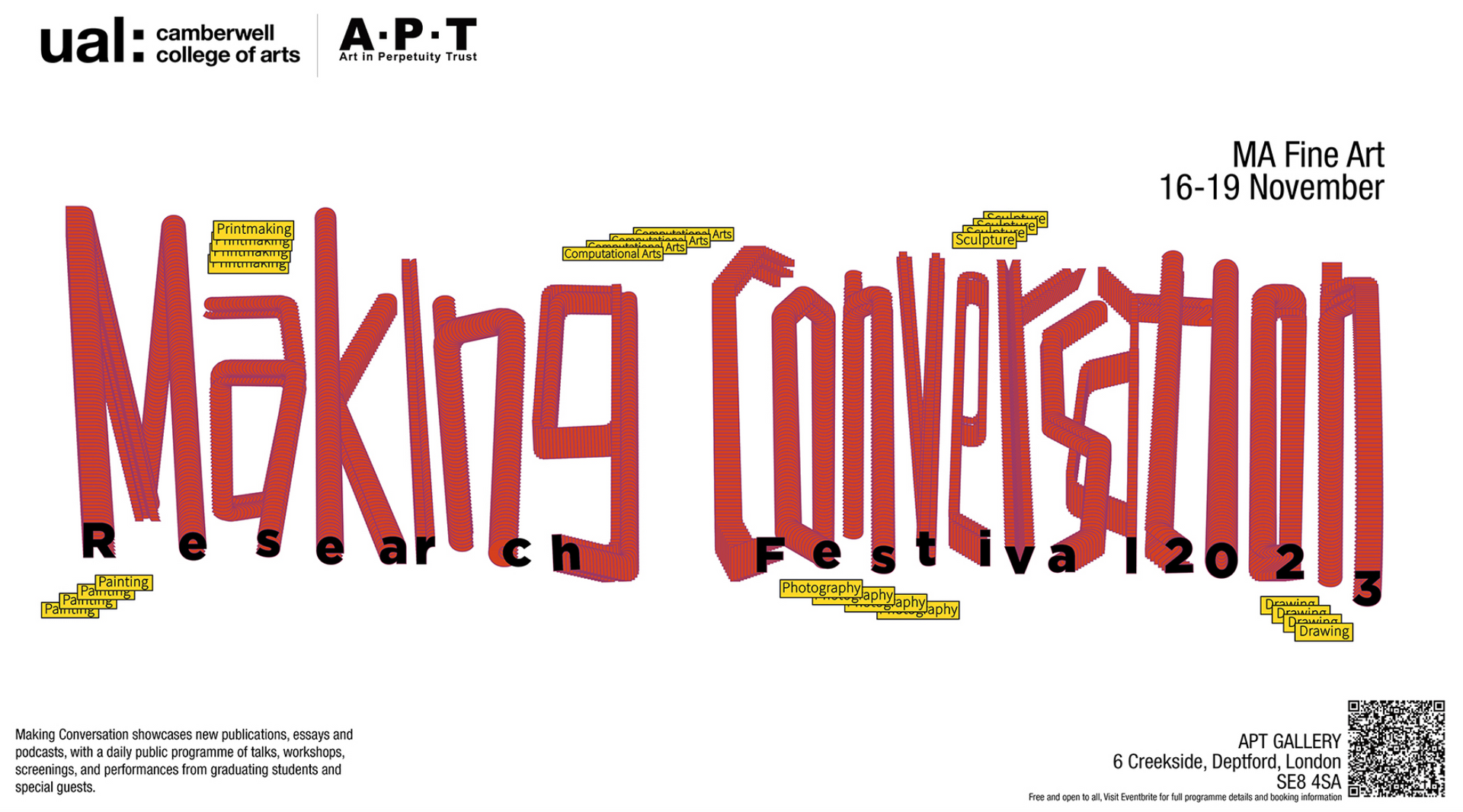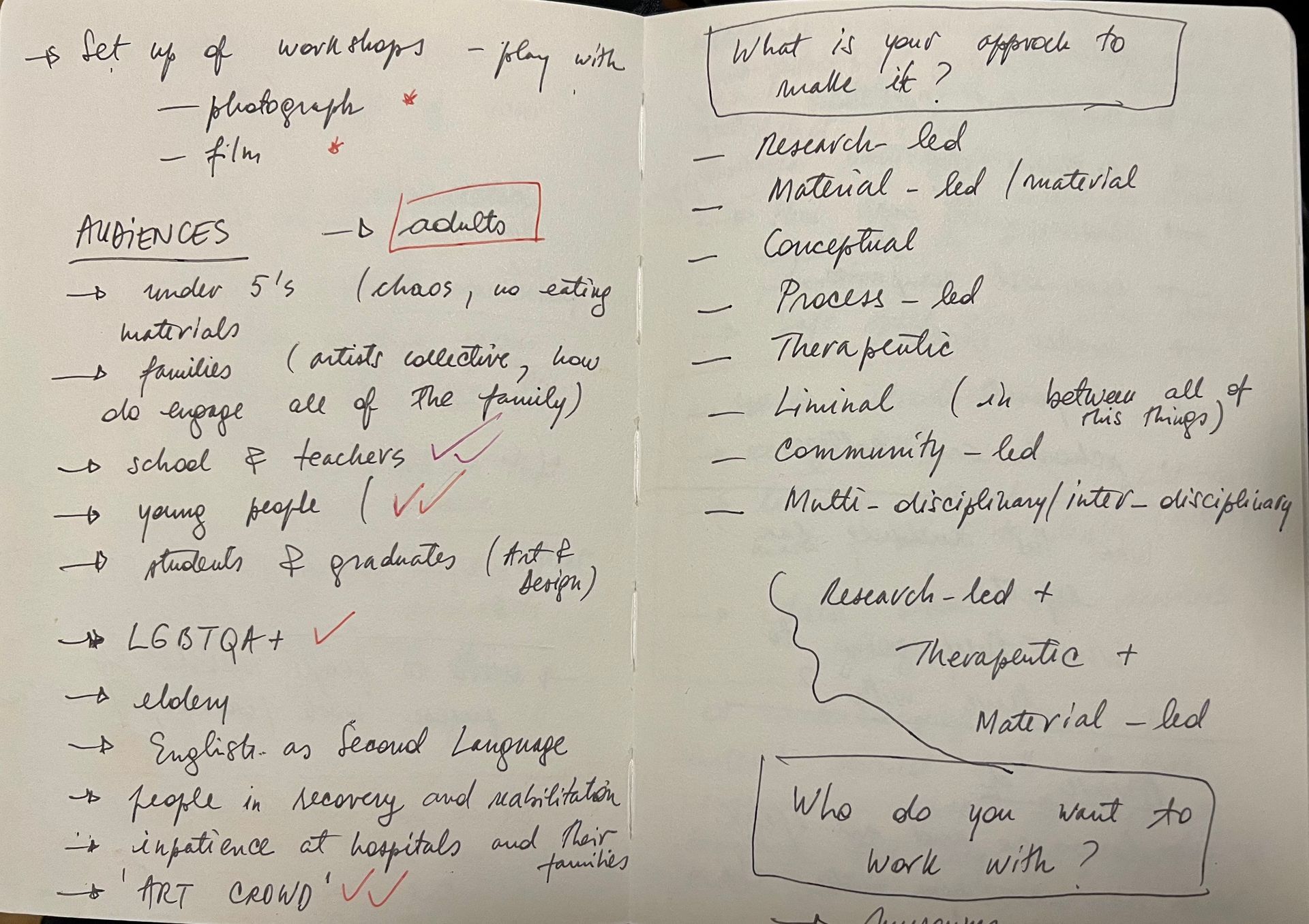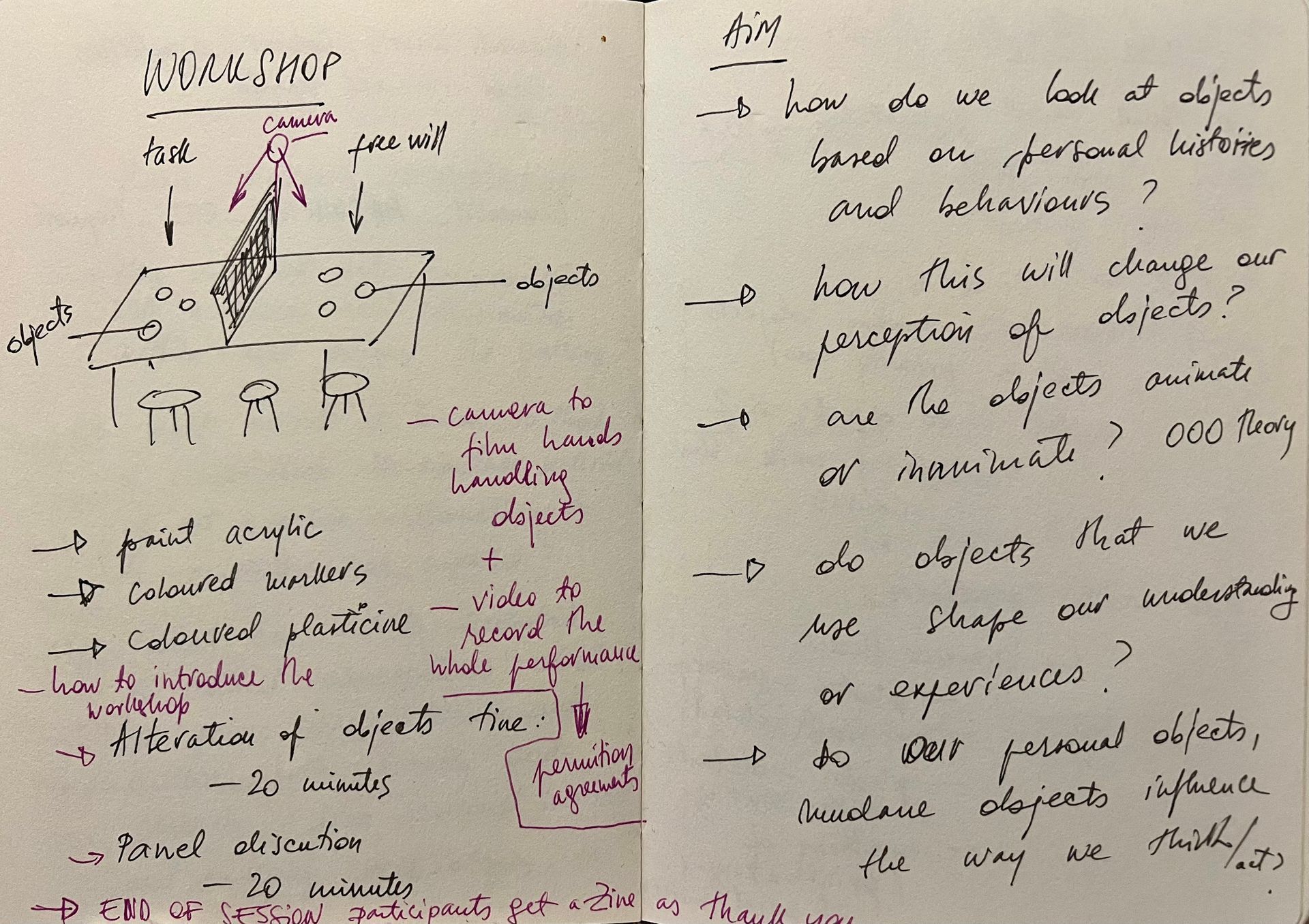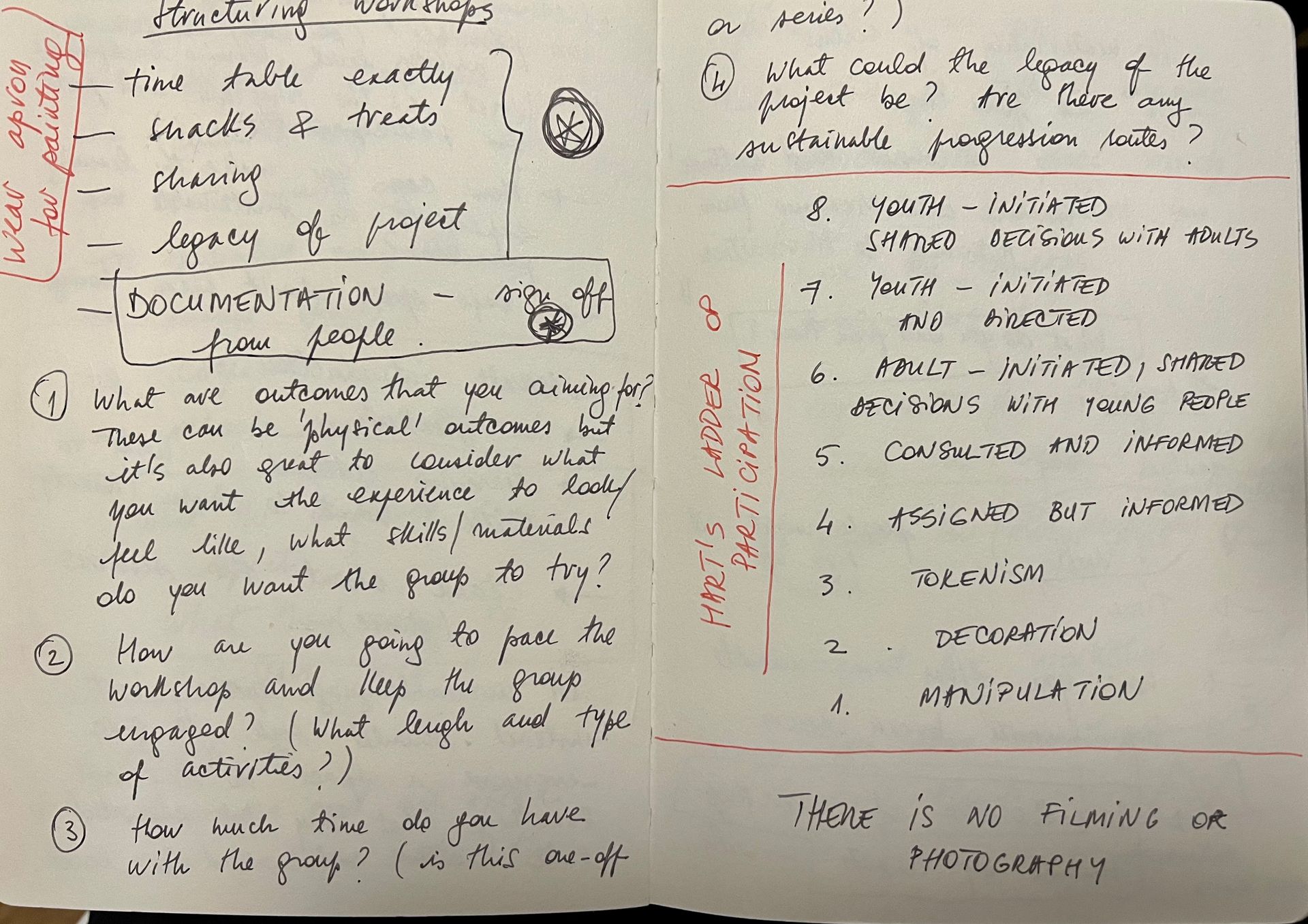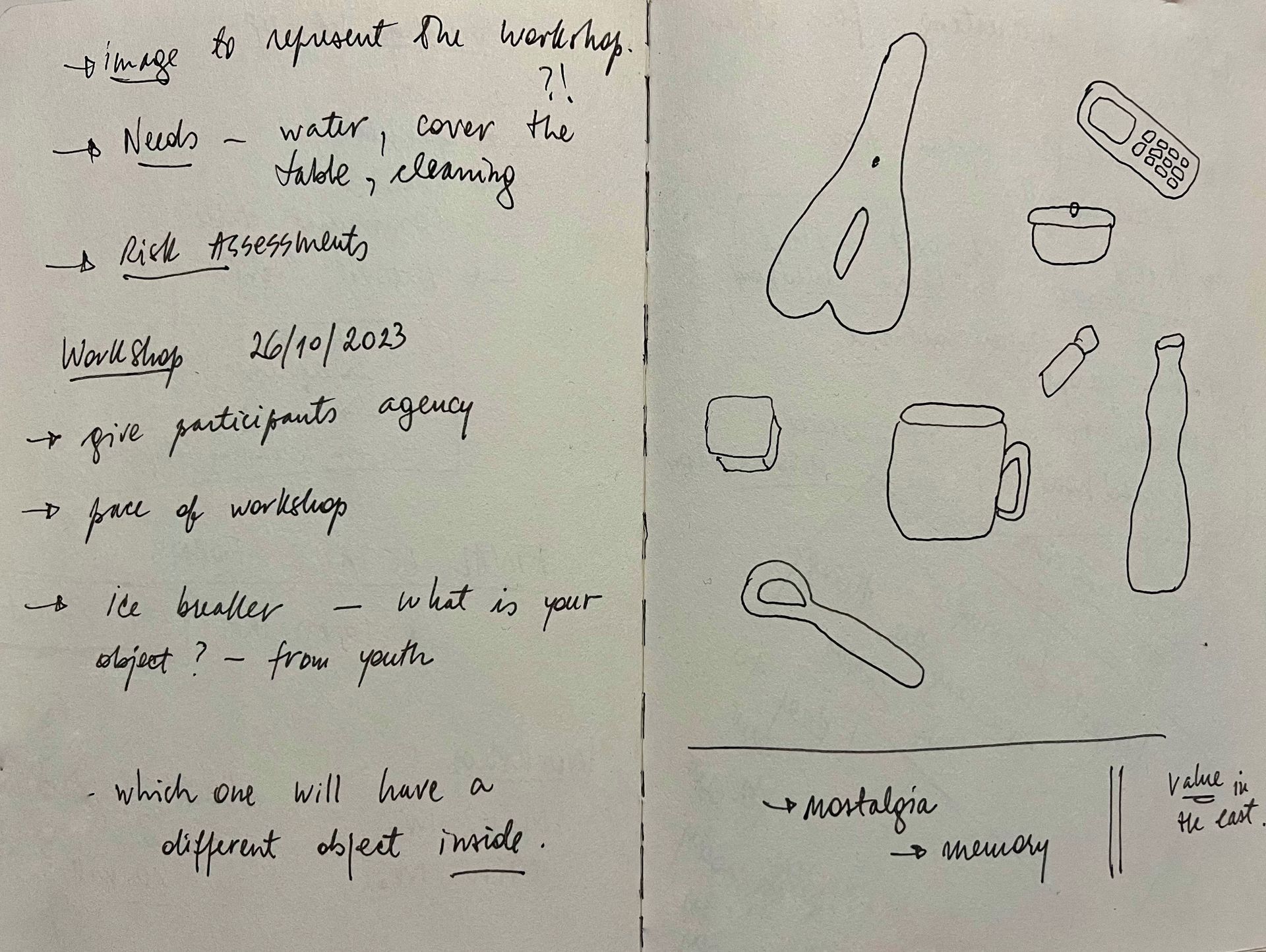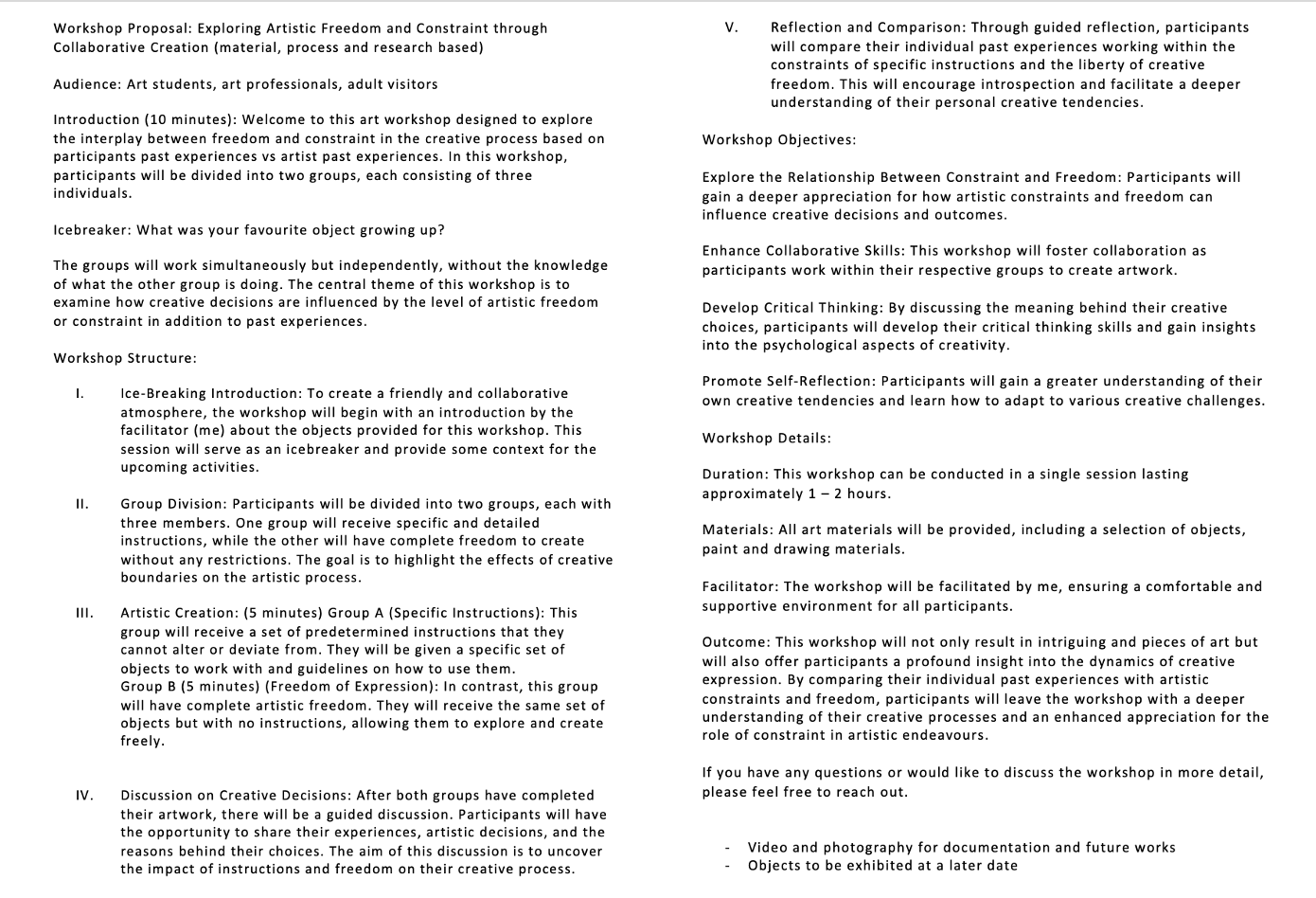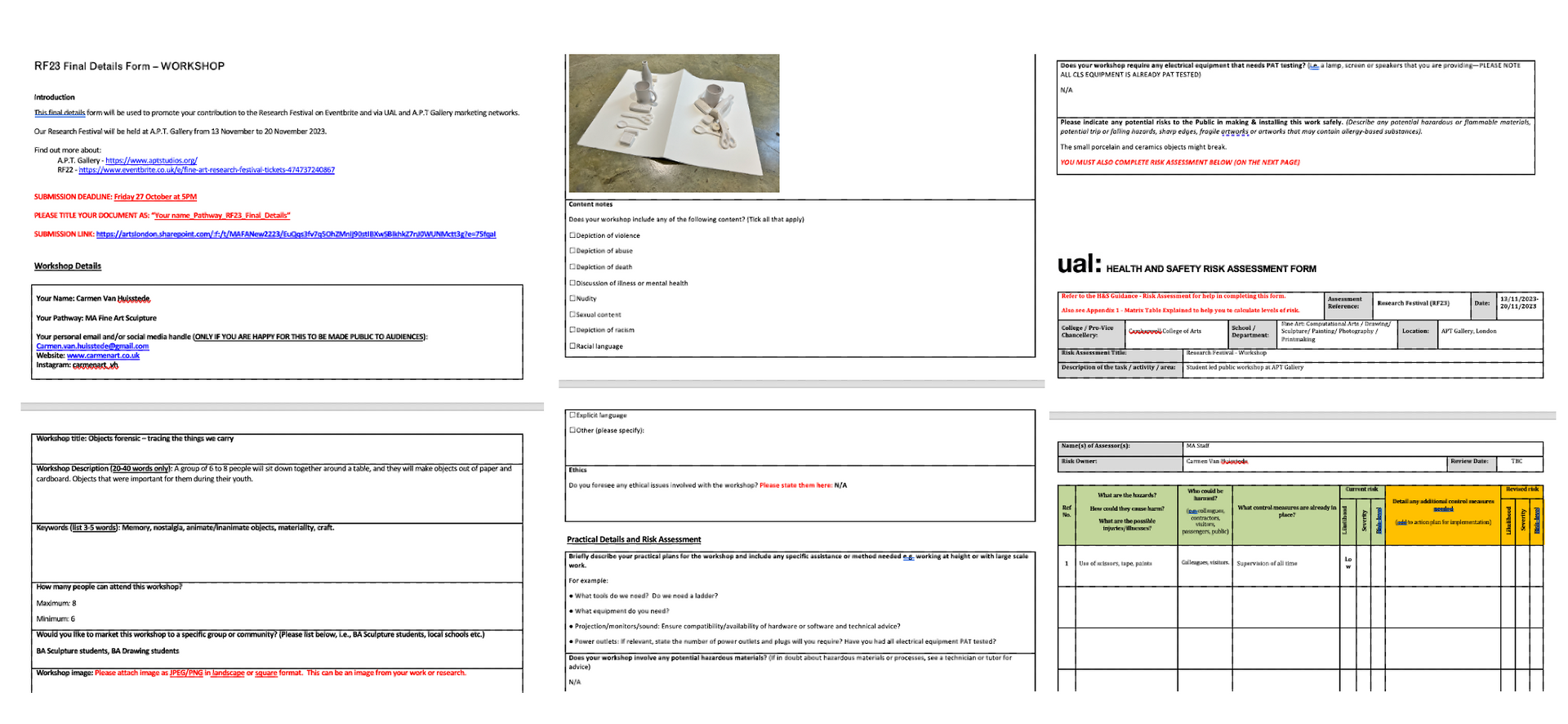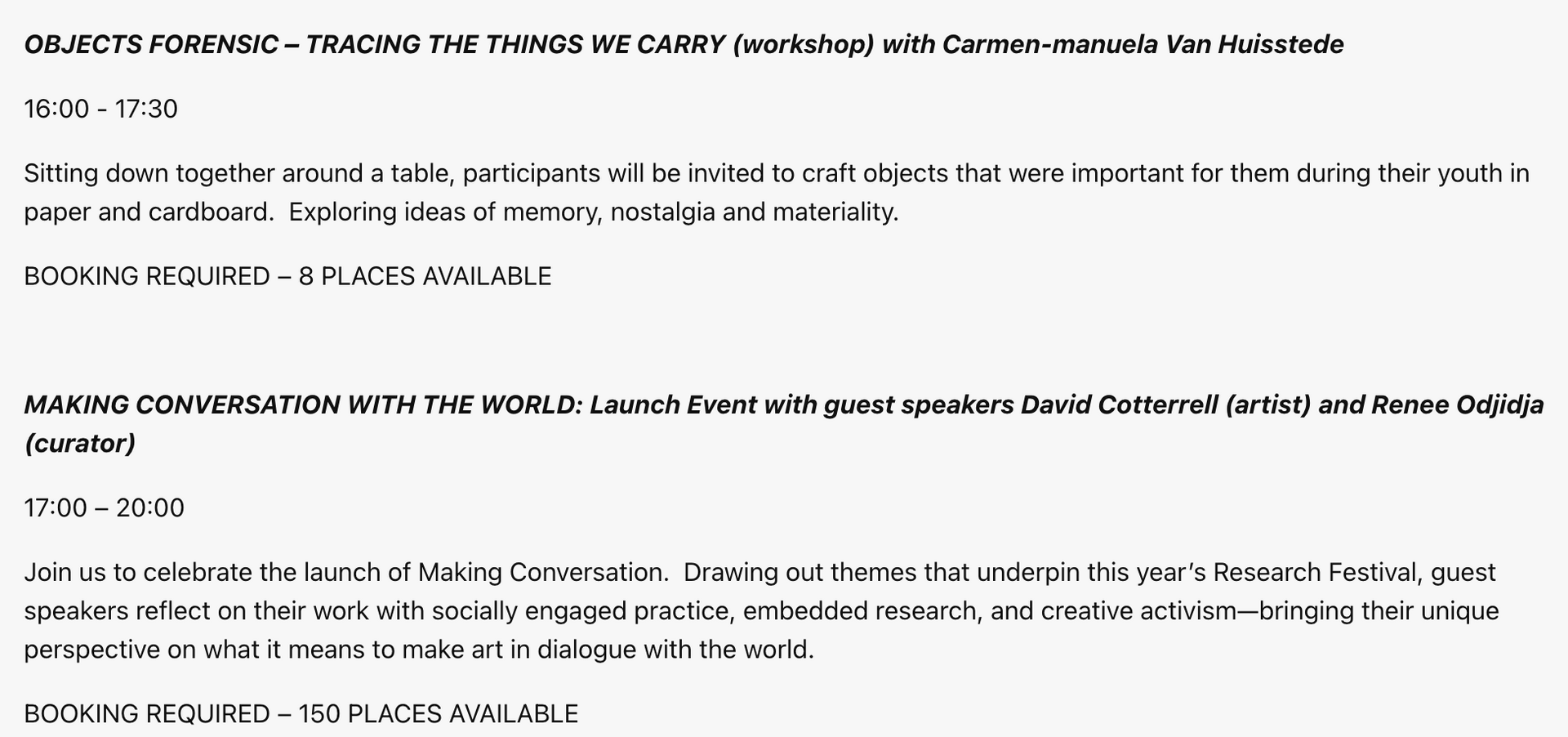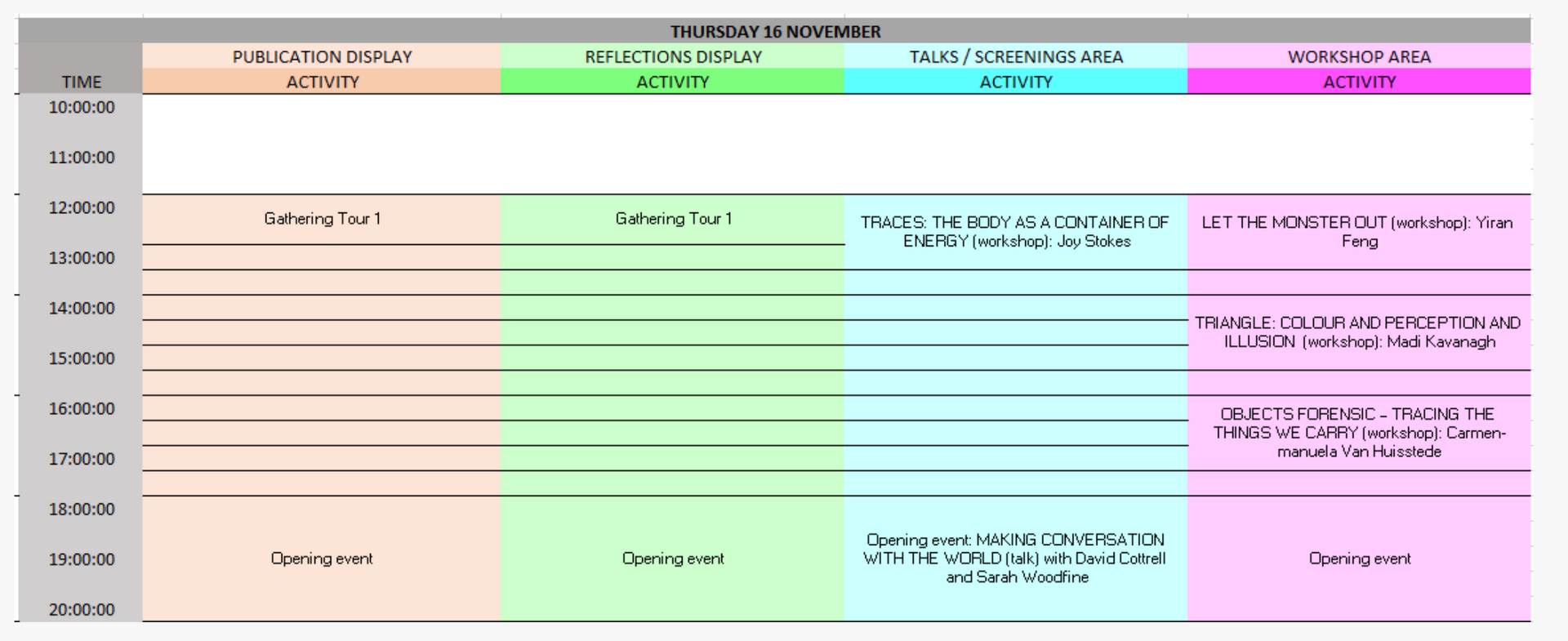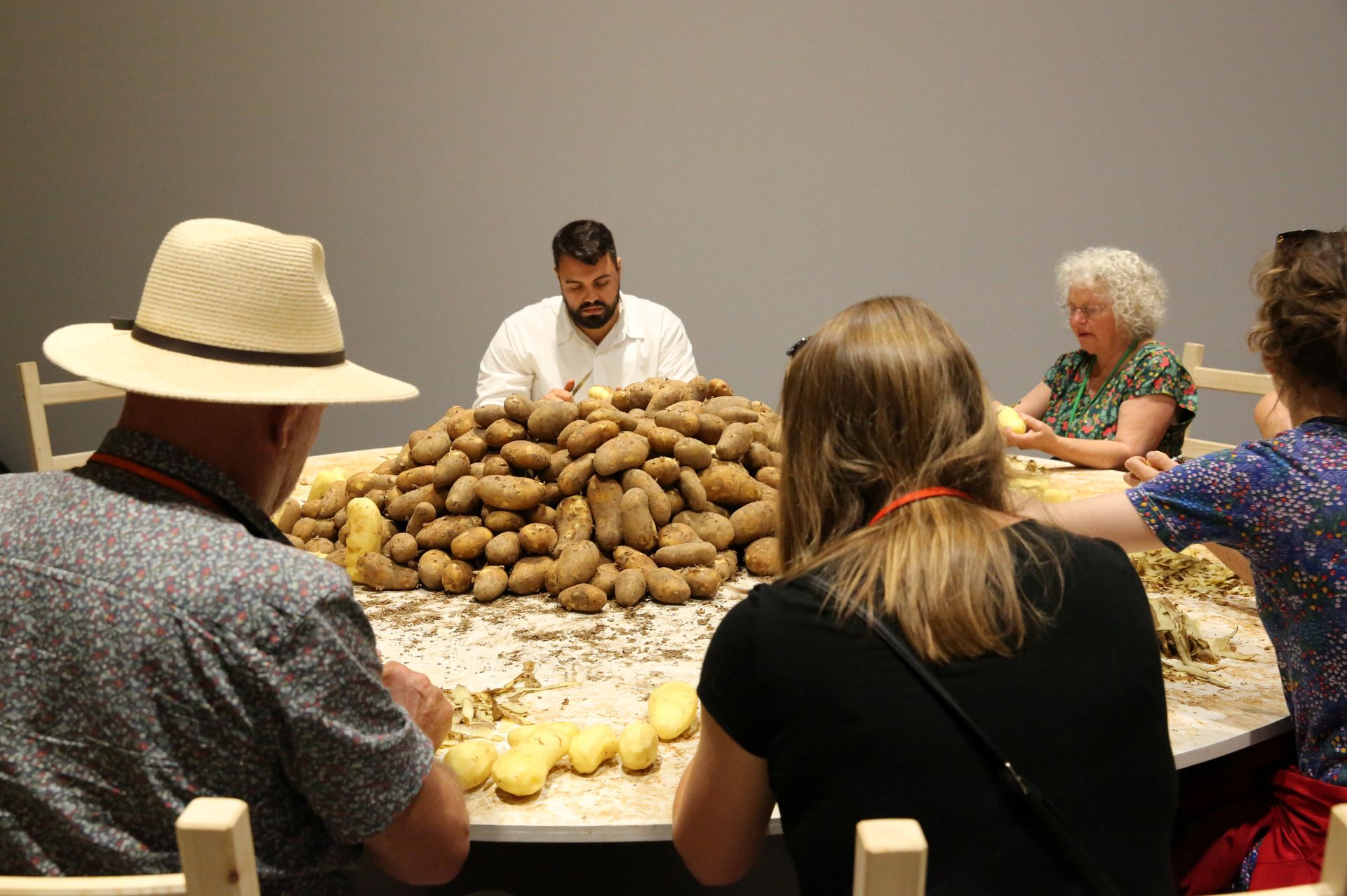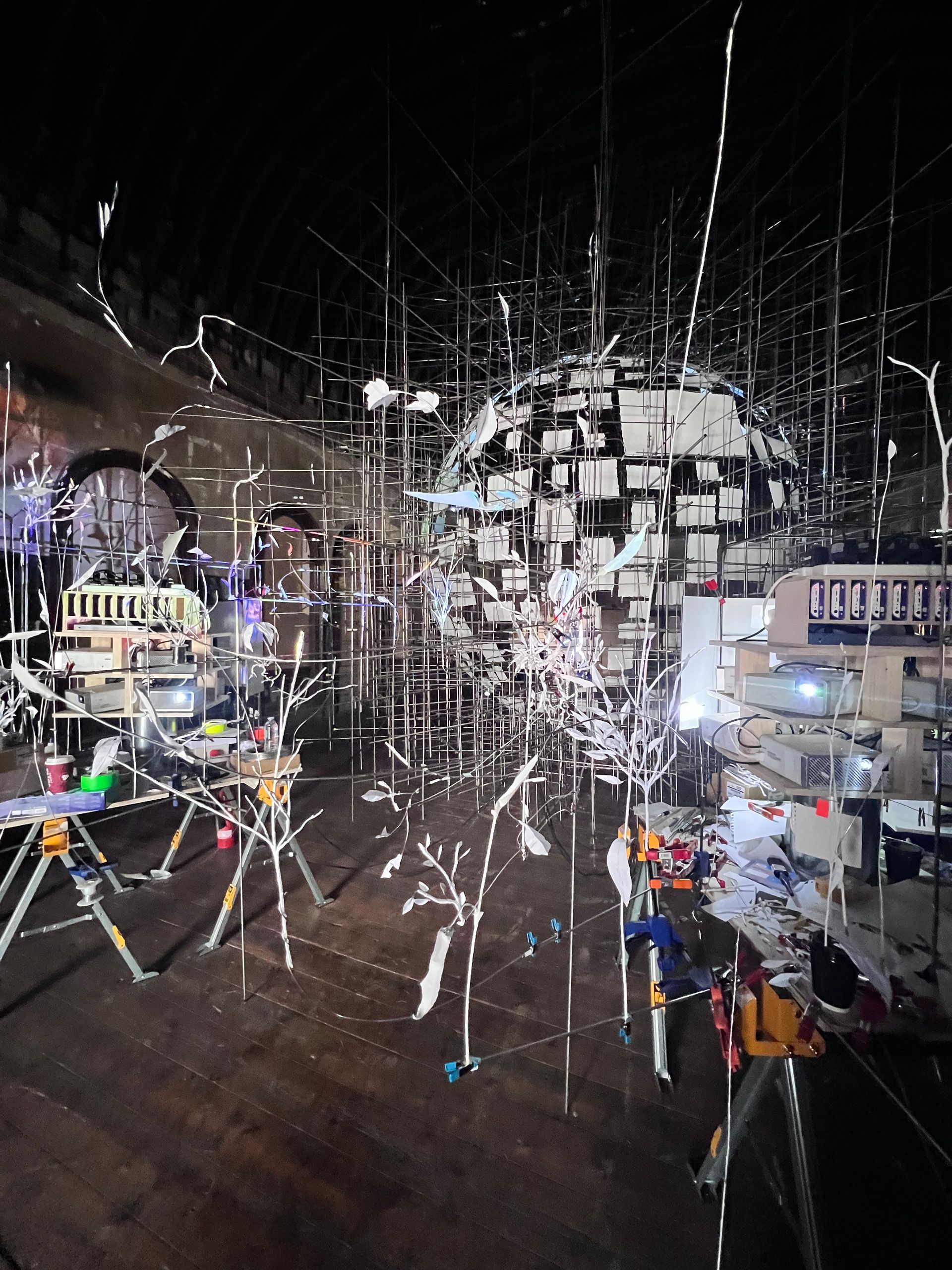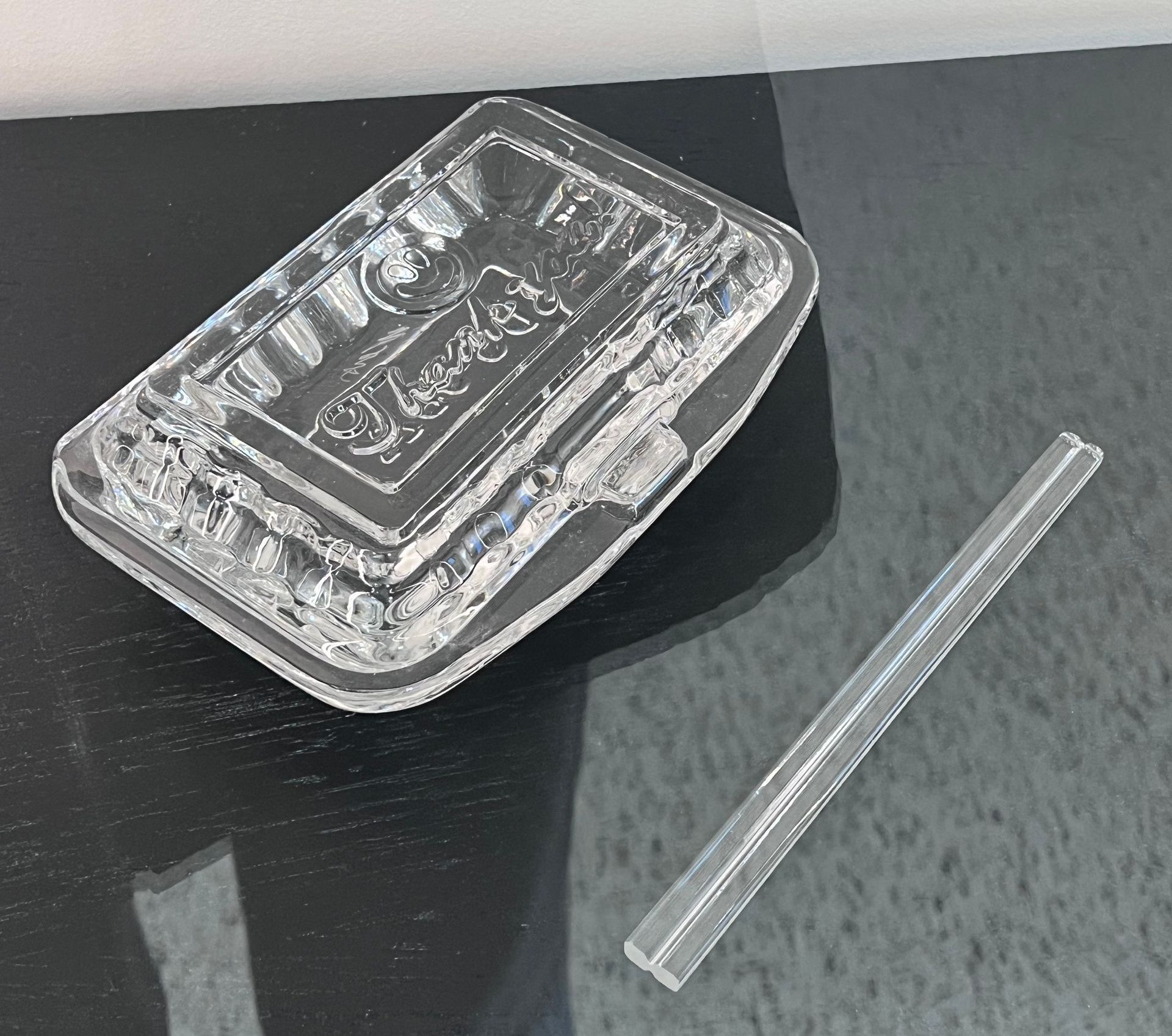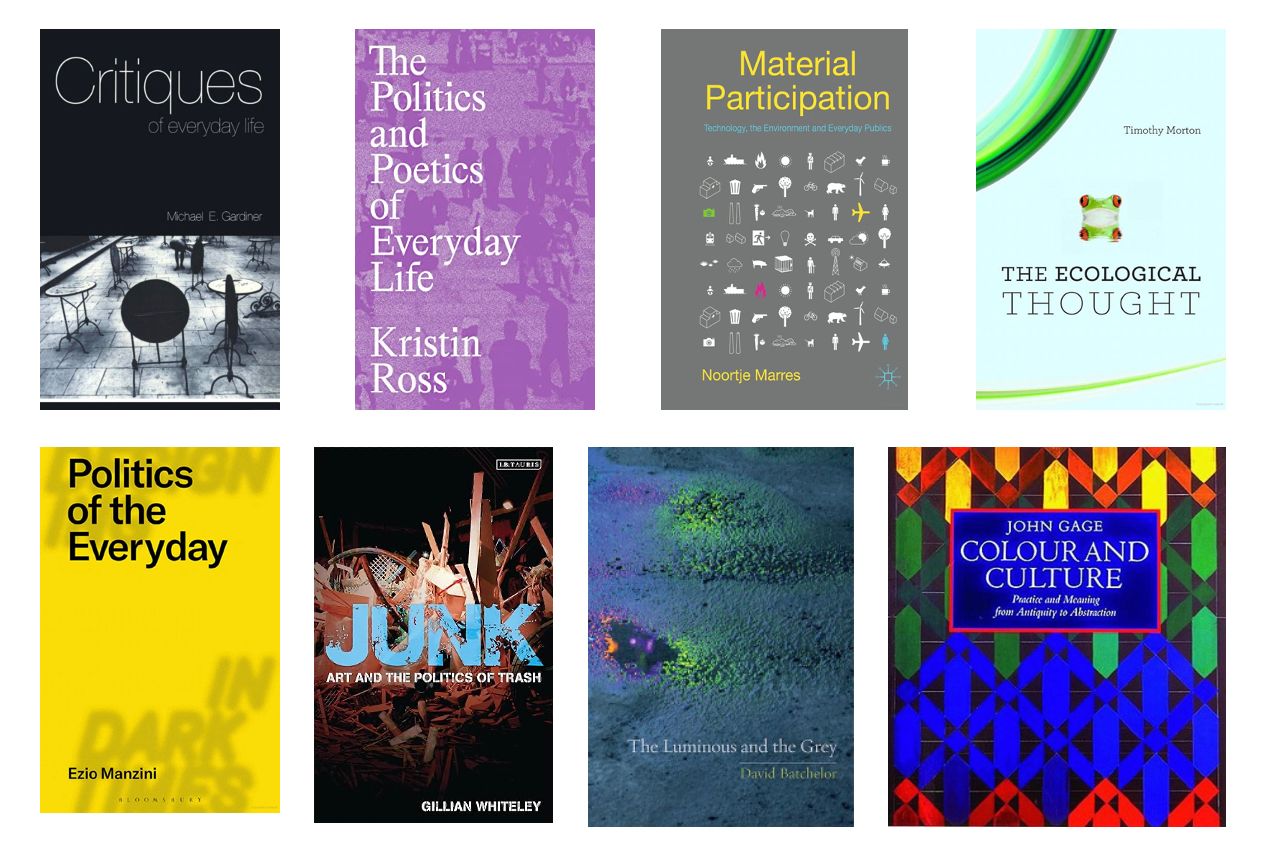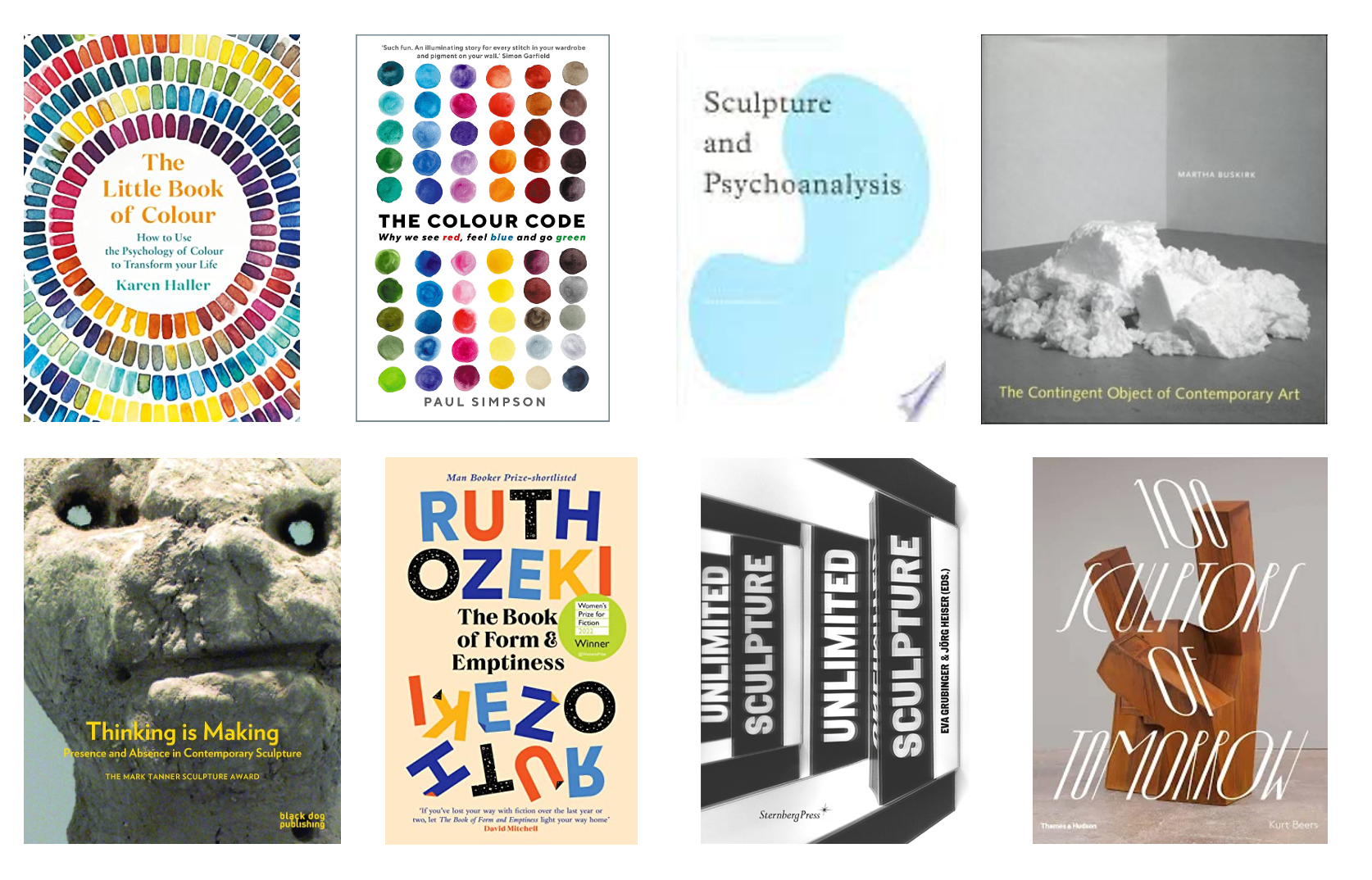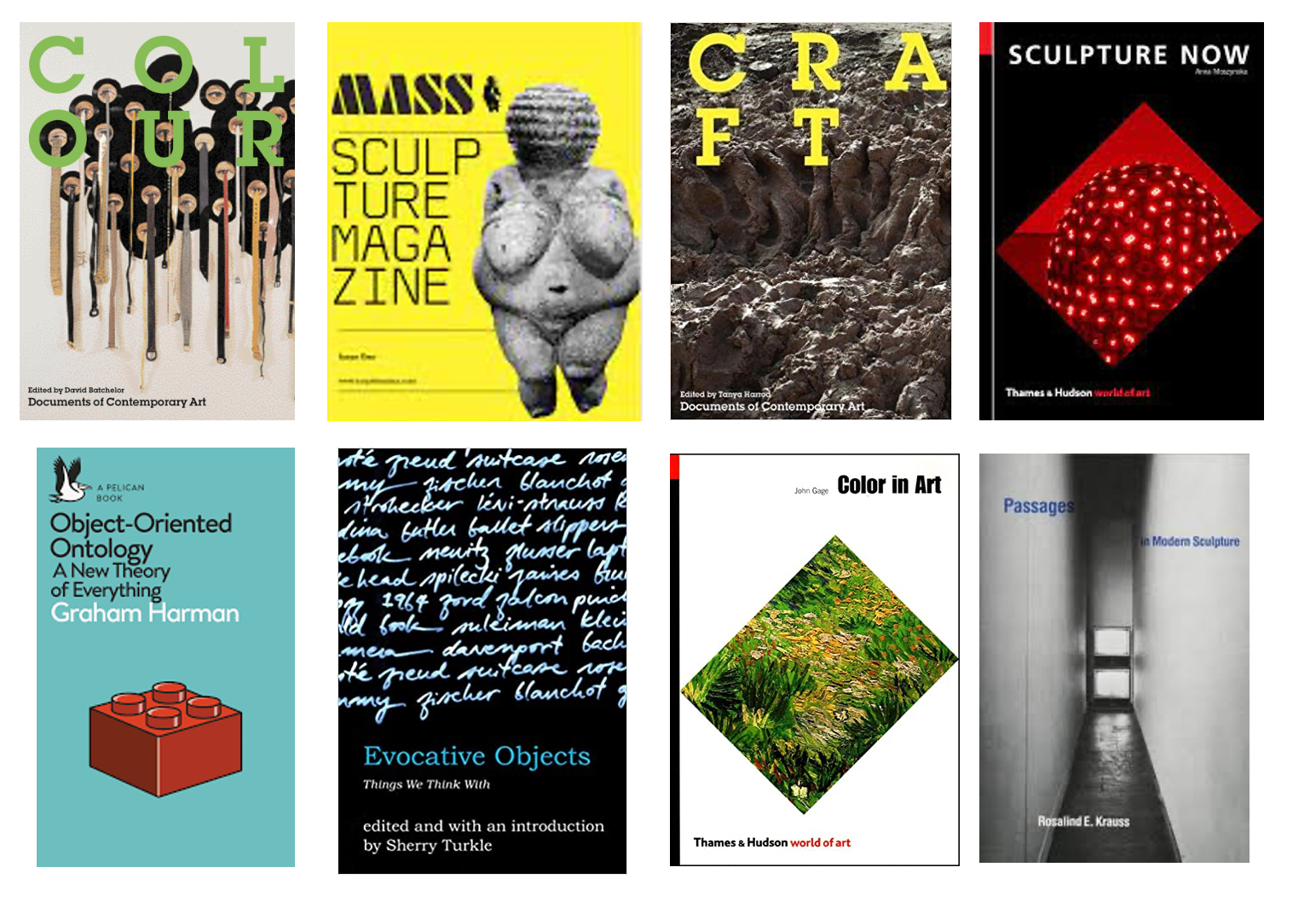Marina Abramovic, Institute Takeover, Southbank Centre, Photo: Ursula Kaufmann
The captivating experience of Marina Abramovic's workshops has been a significant source of inspiration for my workshop project. The essence of performance as a dynamic interplay of energy between the artist and the audience deeply resonates with me. While my artistic mediums may differ from Abramovic's, the pursuit of a similar goal remains steadfast. Our shared upbringing in comparable environments under the influence of a strict socialist regime has woven common threads into the fabric of our art practices.
Drawing from the profound influence of Abramovic's workshop at the Southbank Centre, my workshops aspire to delve into the profound depths of the mind. Participants will be encouraged to embrace a serene, contemplative state by allowing them to embark on a journey of creation. These exercises are designed to enhance individual focus, stamina, and concentration.
There's an undeniable power in disconnecting from the usual distractions, immersing oneself in making, and engaging in a series of exercises that have stood the test of time. This process aids in refining our focus, fortifying our determination, and stimulating the birth of fresh ideas. Abramovic refers to this as a comprehensive internal reset—a crucial preparation not solely reserved for performers but applicable to practitioners and professionals across all disciplines.
